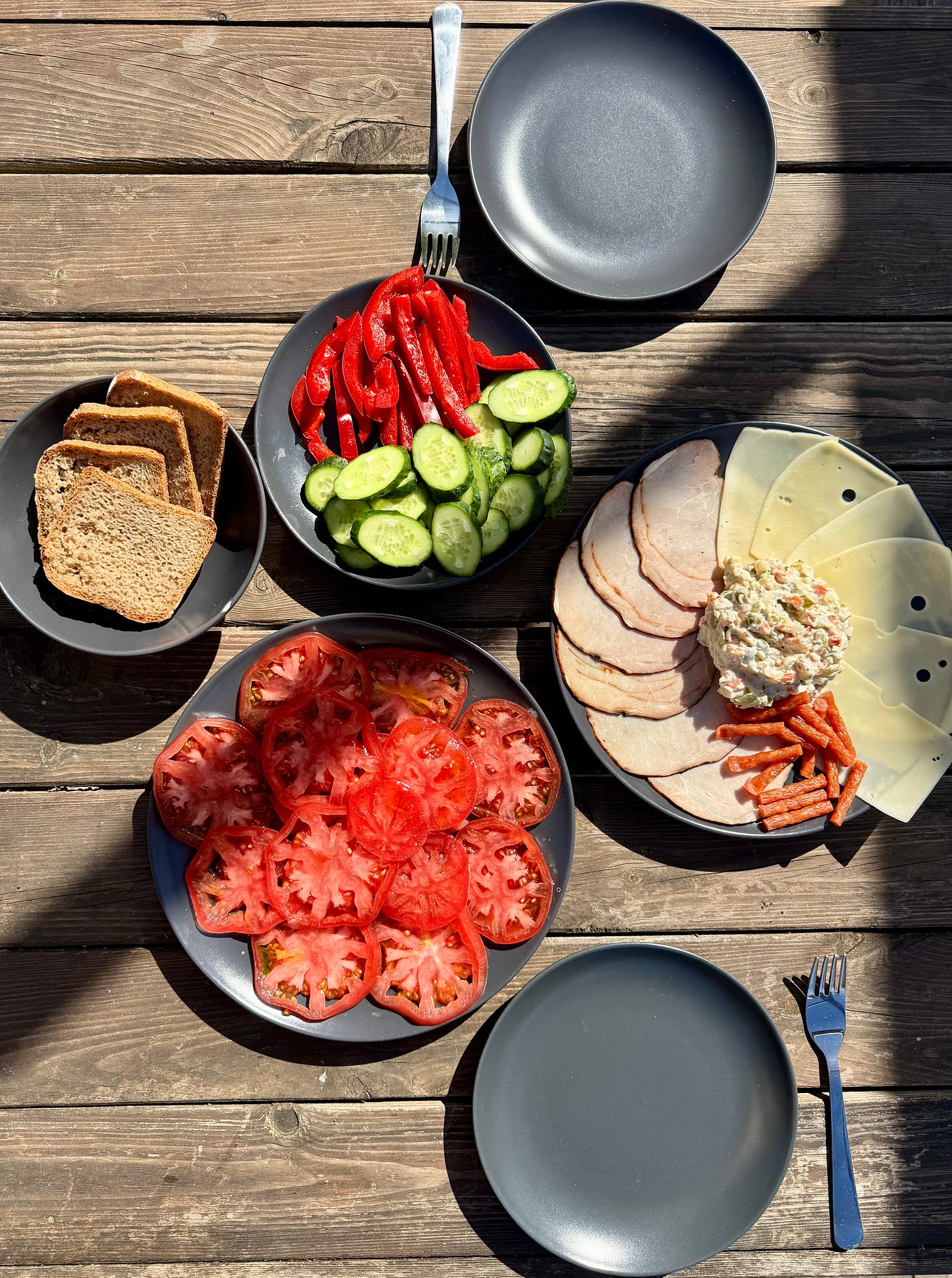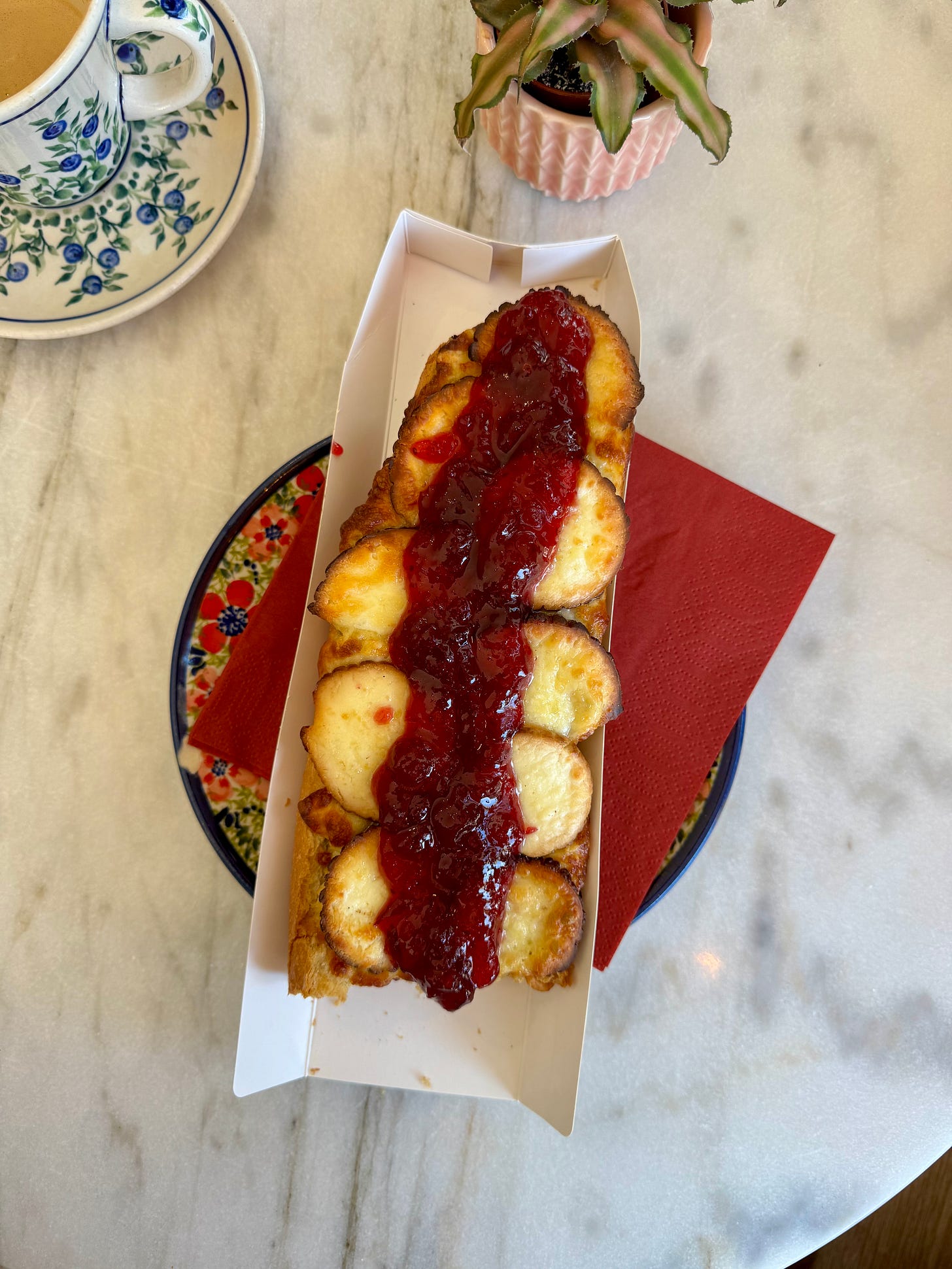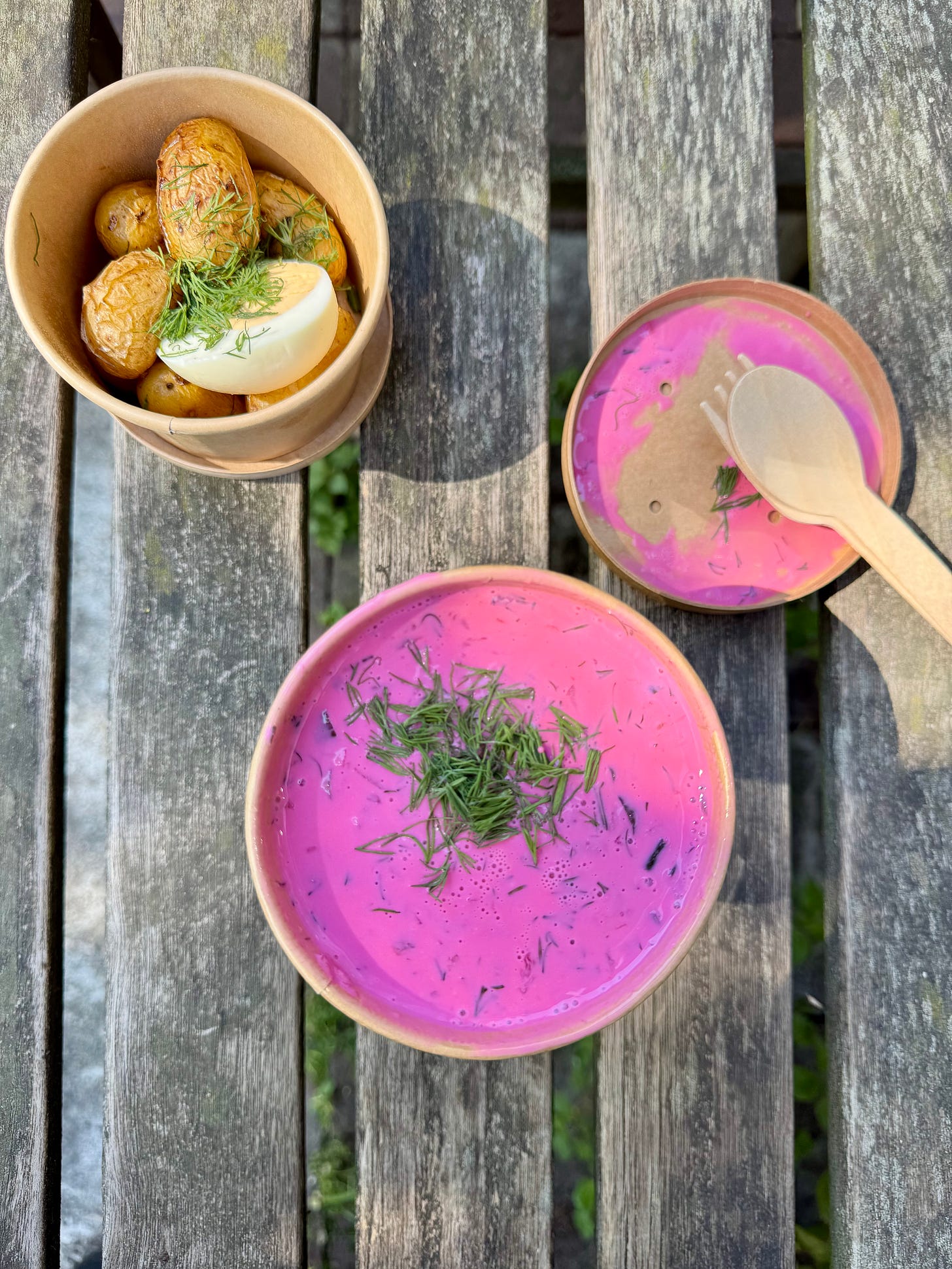Amsterdam: where is your Polish food?
Only two cafés in the city serve up a slice of Eastern Europe. Thankfully, they're both worth a visit.
On a recent trip to Poland, I rediscovered Polish food. I say rediscovered because while I grew up eating it, I don’t cook it at home anymore. Like many other households, ours has perniciously coalesced around a few meals, largely for health and ease. As much as I love Polish food – meaty stews, soured soups, cabbage rolls – it isn’t quick or light. Frankly, I don’t have the time to be crimping dumplings on a Tuesday night.
My trip reawakened something in me. Actually, I’d go so far as to say it reignited a Polish fire under my dupa. This was the first time I’d been in Poland in five years – shocking, considering I used to go multiple times a year, every year, right up until the pandemic. Last week in Poland, I was eating fresh, bulging vegetables that actually tasted like themselves. I was chomping through zingy salads of shredded carrots tossed with pickled cabbage. I was inhaling roadside pierogi (dumplings) jewelled with softened onions. I was reminded that while cooking Polish food can be a complex affair, it can also be piercingly simple.
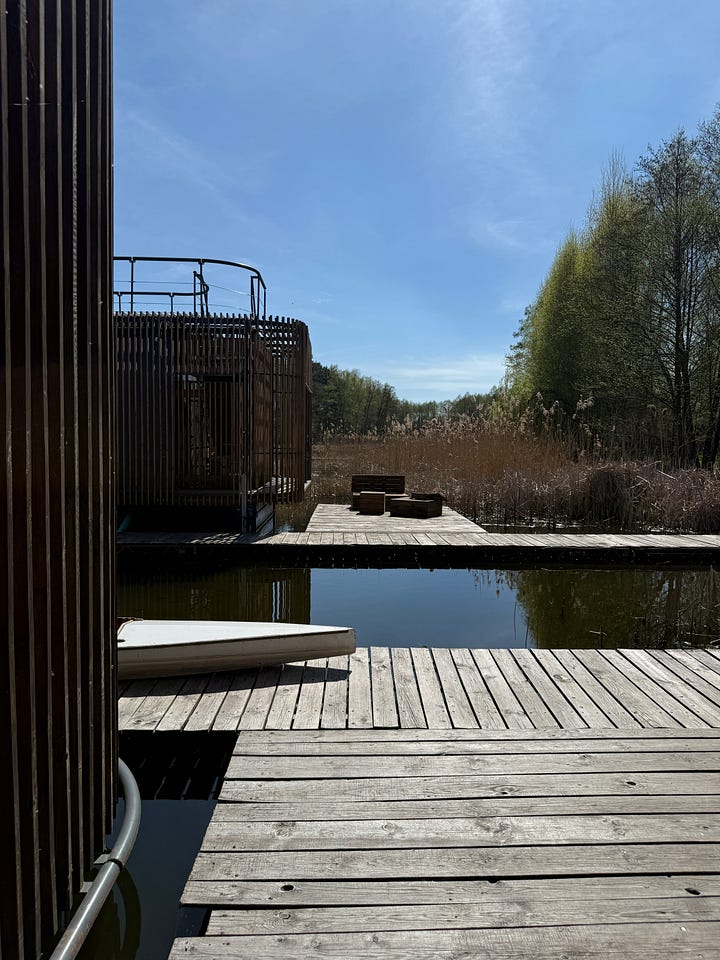
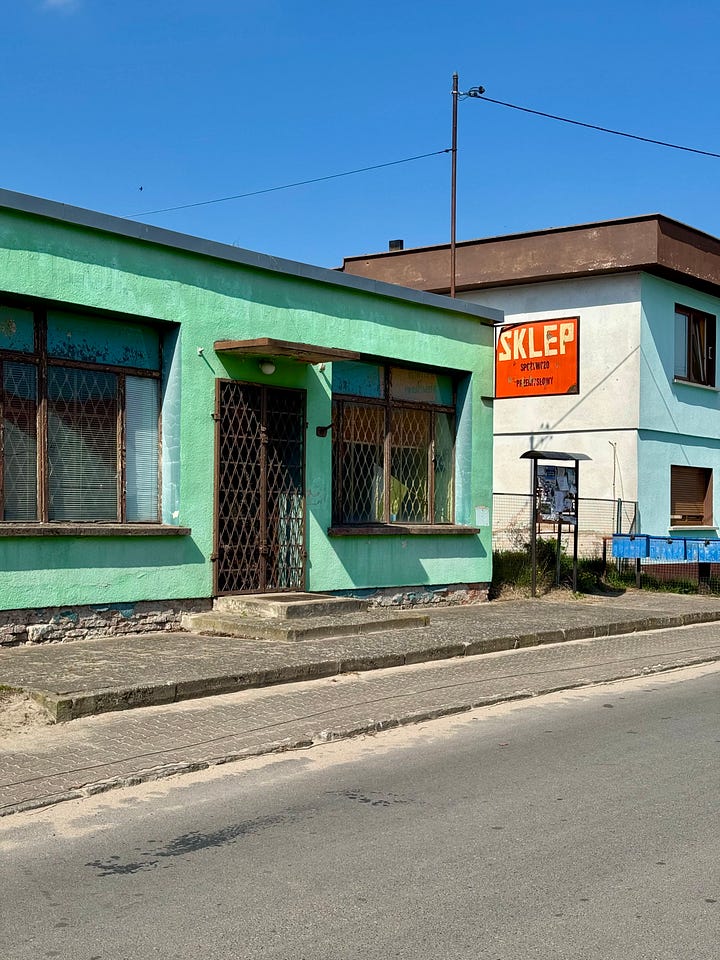
For lunch one day at our cabin, which floated on a lake dancing with water striders and rippled by the occasional snake, we ate fresh tomatoes that were heart-huggingly good. Poland is mostly fields (pole means field, in fact) and I’m convinced those fields grow some of the best produce in Europe. There is something belligerently natural about the country: as we crossed the border into Poland, the landscape emptied, no webs of pylons, just endless pines, swathes of absence. Bugs splattered our windscreen in a way they didn’t anywhere else. How can this not be connected to better produce?
So what is Polish food? It’s a grounded cuisine, not haughty but hearty, plucked from the earth but preserved for the future. Larders hum with bottled life, like stacks of smiling compotes and watchful gherkins. But it’s also raw, it’s fruit picked straight from the tree, a cucumber wafered and dressed in sour cream, in fact it always tastes of the outdoors, of mushroomy forest floors, it tastes of things happening in your garden, an uncle smoking a ham, a sausage leaking fat onto coals. It’s the smell of fire on your fingers during thickset summers. It’s heavy on meat, especially pork, which is not only smoked but fried and stewed, and it’s all about soups too, in fact they’re a national sport, dinner in a bowl, flakes of fatty chicken and doughy noodles which were dropped straight into the broth. More than anything it’s tradition, it’s an argument about how to cook something best, and that cooking, mind you, can take days and days, like with bigos, a tangy mess of gamey meats and pickled cabbage, which is begun three days before it’s needed, the sourness protecting the dish as it slowly funks with flavour. To me, this is heaven.
As I’ve said, it’s also simple – for one lunch, my aunt layered potatoes with onions and baked them in a pound of golden, bubbling butter, which we ate together with the patio doors wide open. Ingredients allowed to speak for themselves. For that reason, and for all the above, I’d argue Eastern European food is due a moment in the online spotlight. Fermentation is hot right now. Soup TikTok might as well be a lobby group. Cheap, frozen dumplings have become very popular for the fact they can boiled in minutes and dressed a million ways. Eastern European cuisine sits in the middle of all this.
I returned home from my trip, still longing for a taste of Poland, only to be reminded that Amsterdam sorely lacks an Eastern European food scene. There are, by my count, two cafés, a pop-up and a cracking Polish shop in Noord – little else. It’s a curious gap: more than a quarter of European nationals living here are Polish, the largest group of non-Dutch European citizens. Where are my pierogi stands? My Polish bakeries? Why can’t I visit a restaurant that has gone through the three-day faff of making bigos so I don’t have to?
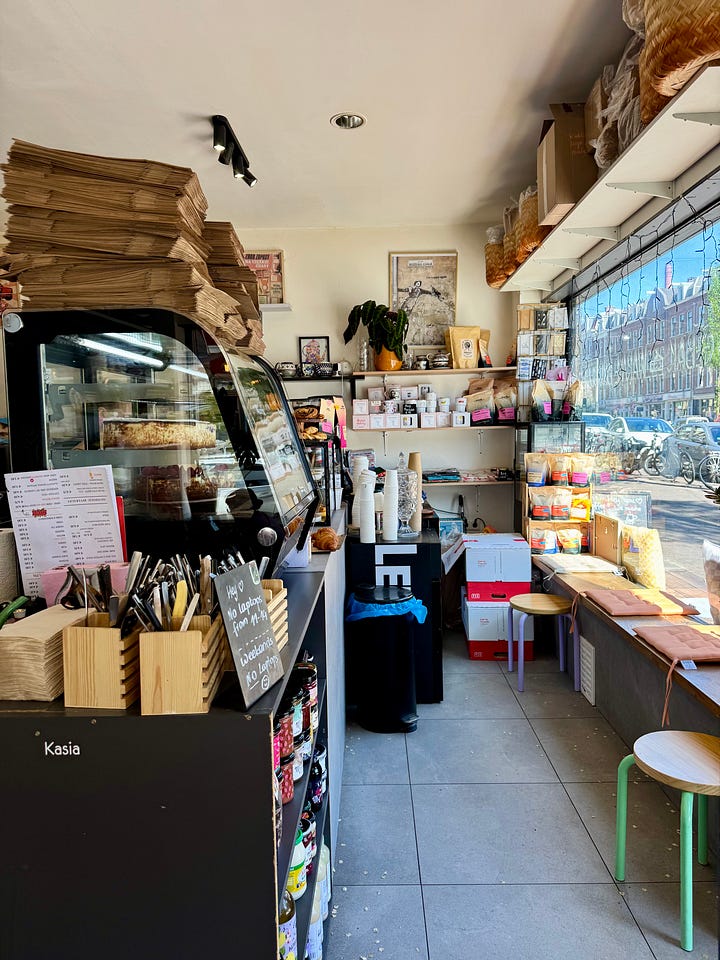

But what is here, is good. Let’s start with Kazik, a café on Bilderdijkstraat with an offbeat feel. Inside is rammed with Bolesławiec pottery and bottles of fruity liquors, packaging is stacked wherever space allows and shelves of crystal glasses catch the spring light. It reminds me of an attic but a sense Mama’s love imbues the space. Soft Polish rock lazies out of speakers.
There are many pastries to try here, and inventive cheesecakes too, but I order a zapiekanka, which is an open baguette covered in cheese and other toppings, then baked in the oven like a pizza. Mine is with oscypek, a tough, smoked cheese that squeaks as you eat it, and sharp cranberry compote. The size is ginormous: this is a battleship of a lunch and one that will be going straight onto my list of Amsterdam’s best cheap eats. Polish cooks want to feed you: when I used to visit Poland as a child, I’d be guilt-tripped into seconds and thirds after a humungous first. There was no escape. Kazik’s zapiekanka is powerfully filling and while it seemed simple at first, the bed of mushrooms under the cheese added sorcerous, woodland depth.
Kazik also has a community feel that I find extremely charming: on Tłusty Czwartek or Fat Thursday, the last day before Lent, it’s traditional to eat pączki or doughnuts, to store up before the great abstinence. The queue at Kazik went around the corner. I don’t think I’d ever heard so much Polish spoken in Amsterdam.
The other dining option is Sunny Side, a spot in De Jordaan sunken into a street but bright as a sunflower. It isn’t Polish but inclusively Eastern European, serving everything from Ukrainian food like vareniki (dumplings) to kibinai (Lithuanian savoury pastries), to area-wide classics like Solyanka, a thick and sour soup. Much Eastern European cuisine bleeds over borders, beetroot soup can be borscht or barszcz depending on which country you’re in, and a salad of cubed vegetables slathered in mayonnaise has many names, being simply ‘vegetable salad’ in Poland because we refuse to call it Russian salad for obvious reasons.
I’ve not had much at Sunny Side, but what I have had has been exceptionally good: my cold borscht or what I’d call chłodnik (which translates as ‘coolant’ and is the soup to have in hot weather) is a rich mix of sweet beetroot and kefir with a hairy topping of dill. It tastes just like my childhood, which might be the hallmark of all Polish food: it’s evocative as hell. Sunny Side also sells a glorious mess of packaged groceries, like sunflowers for snacking, rye crisps, bottles of cloudy kvass. I could spend hours looking at their block-coloured designs that faintly echo of Soviet times. I’d really encourage you to go to Sunny Side, it’s an unlikely place, filled with quiet confidence, real heart.
The only other eating option I can recommend is Mizeria, a Polish pop-up specialising in pierogi. They rove around the city, serving dumplings with huge buzz, each one expertly made, semi-circular and gold like a setting sun. Their sernik, or cheesecake, is also to die for.
That leaves me with one last recommendation: Costa, a Polish supermarket in Noord. I’m very sure that every reader of Smaak will know how delightful it is to stumble around a foreign supermarket, mouth open with wonder. Costa is the perfect place to get lost in every Polish good you could think of, from heady 6% larger to crack open by the IJ, to mushroom-flavoured crisps. The star of the show is the mile-long deli counter, which gleams like a starship. Try the pierogi or any of their smoked hams. Pick up a tub of vegetable salad, or a bag of freshly pickled cabbage. The smell of the place is wondrous, decidedly not-of-here, a mix of smoke and sweet, a promise of another palate.
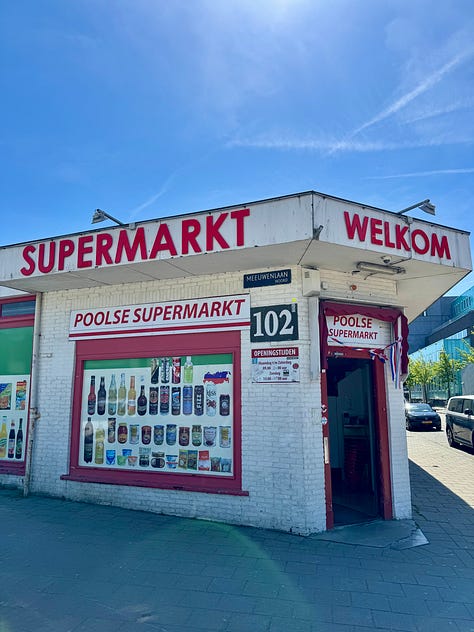
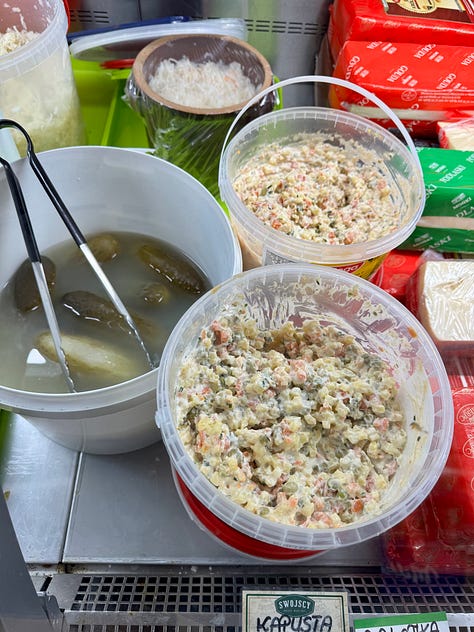
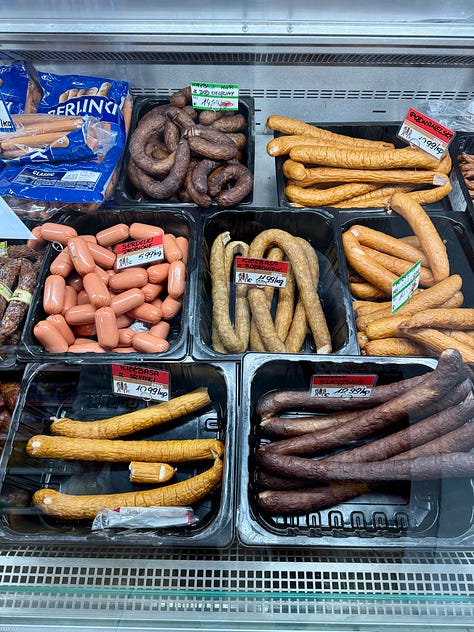
But other than these, Amsterdam lacks a Polish presence. I’ll be keeping an eye out. You should too.
FEEST
An update on FEEST, my supper club running on 29th and 30th May: tickets are selling really well! Both days are over 50% sold out, so if you’re thinking of coming, please join us! I’d love to see you there.
The idea is to feed you lots of food while you get to know each other. No gimmicks, just big portions of Turkish food cooked by the incredible Esra Acar Koç, who is head chef and co-owner of Belly Pepper. The menu is super exciting: Turkish dumplings, luscious dips, a gorgeous leg of lamb.
I’ve personally found it a tough gig to make friends in Amsterdam. There are a lot of like-minded people here but not too many ways of meeting them. Hopefully feasting can bring us together… but don’t worry, this will be really low pressure socialising. I’ll be there making sure you’re all having a good time, of course.
Buy tickets below and bring a friend or two!
OK BYE!
To get the most out of Smaak and to support my writing, please consider becoming a paid subscriber. You’ll get access to paywalled articles and The Index, a list of all my top recommendations. Thank you so much!





